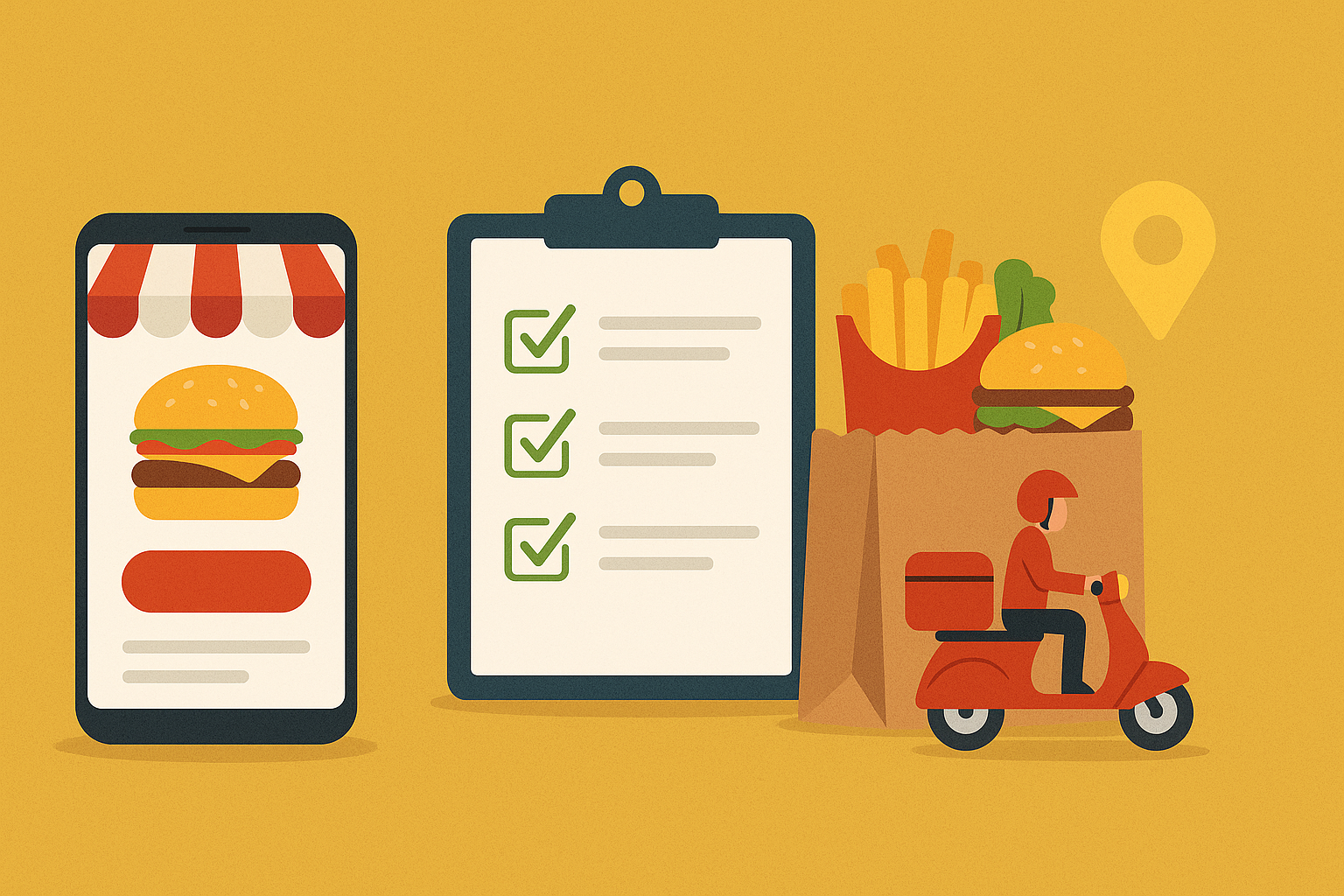The Startup Roadmap: From Business Idea to Digital Success
Every startup begins with a spark of an idea. But without a clear plan, even the best ideas can fade before reaching the market. This roadmap helps you stay focused and move step by step toward your goals.
Today, your digital presence is just as important as your product. That’s why you need to build a website early on. It becomes your home base where people can learn about your brand, connect with you, and become loyal customers.
In this guide, we show you the exact steps to take your startup from a simple idea to a strong online business. We cover how to validate your idea, build your brand, setup your digital foundation, and use the right tools to build a website that drives long-term success.
Step 1: Validate Your Business Idea
Before you spend time and money, confirm that your idea has real potential. Start by researching your audience. Who are they? What problems do they face? Watch competitors to see how they solve these problems. Then ask yourself what makes your idea stand out.
Practical ways to test your idea include running online surveys, hosting Q&A sessions, or sharing prototypes with a small user group. Even creating a simple landing page and driving traffic to that page shows whether people are interested. This stage prevents wasted effort and gives you confidence that your business has a future.
Step 2: Brand Identity & Naming
Once your idea is validated, give it a name and identity that people will remember. A strong brand name builds trust and stays in your customer’s mind. If you’re struggling to find one, you can generate a business name with AI. The AI tools suggest creative names based on keywords, industry, and audience.
Brand identity doesn’t stop with the name. Consider your logo, color palette, and messaging. For example, if you’re starting a wellness business, use calm colors and clean designs. If you’re in tech, modern fonts and bold visuals may work better. Consistency across your branding also builds recognition over time.
Step 3: Set up Your Digital Foundation
A solid online foundation is essential for success. Start by registering a domain name that’s short, easy to spell, and reflects your brand. Once you’ve secured the name, pair it with reliable cPanel hosting. This ensures your site runs smoothly, loads quickly, and stays safe from attacks.
At this stage, don’t forget your communication tools. A business email address with your domain gives you a professional edge. Instead of using a free email service, a branded address shows customers you’re serious.
For instance, info@yourbrand.com looks more trustworthy than a generic option. Together, your domain, hosting, and email create the foundation for all digital efforts.
Step 4: Build Your Online Presence
With your foundation is ready, it’s time to bring your startup to life online. The easiest way to do this is through a website builder with customizable templates.
You don’t need coding skills to design a professional site that matches your brand identity. Add your logo, select colors that align with your style, and customize layouts to highlight your products or services.
Pair the builder with cPanel hosting for better control and updates. When you build a website, focus on three key things:
- Speed.
- Mobile friendliness.
- Clarity.
Your audience should understand what you offer within seconds. Add a clear call-to-action (CTA), whether it’s signing up, booking a call, or buying a product.
Step 5: Grow with Content & Marketing
Having a website is only the beginning. Now you need to attract people to it. One proven way is through content. Start a blog and share posts that answer everyday questions or solve problems in your niche. This not only attracts visitors; it also positions you as an expert.
Beyond blogging, invest in digital marketing. Social media platforms help you build a community, while email campaigns nurture long-term relationships.
Paid ads can also provide a boost in the early stages. Remember, when you build a website, it should serve as the hub where all these efforts connect. Every email, ad, or post should make users return to your site.
Step 6: Scale with Tools & Analytics
Once your website and marketing are running, it’s time to measure and grow. Tools like Google Analytics show how people interact with your site; the pages they visit, how long they stay, and when they leave. This helps you improve the user experience.
Automation tools save time by handling repetitive tasks such as sending welcome emails or managing customer support chats. If you’re selling online, add e-commerce plugins or software to streamline orders and payments.
As your business grows, revisit your site regularly. Continue adding features, update old content regularly, and improve design elements. By building a website that evolves with customer needs, you’ll stay ahead of competitors.
Conclusion
Reaching digital success doesn’t happen overnight. It’s a journey that begins with an idea and grows through careful steps. You start by validating your concept, then move on to branding, building your digital foundation, and creating an online presence. From there, you attract customers with content, scale with tools, and keep improving along the way.
When you build a website, it becomes the heart of your startup’s online journey. Pair it with the right branding, strong marketing, and cPanel hosting, and you’ll have everything you need to turn your business idea into real digital success.
Published: October 3, 2025





